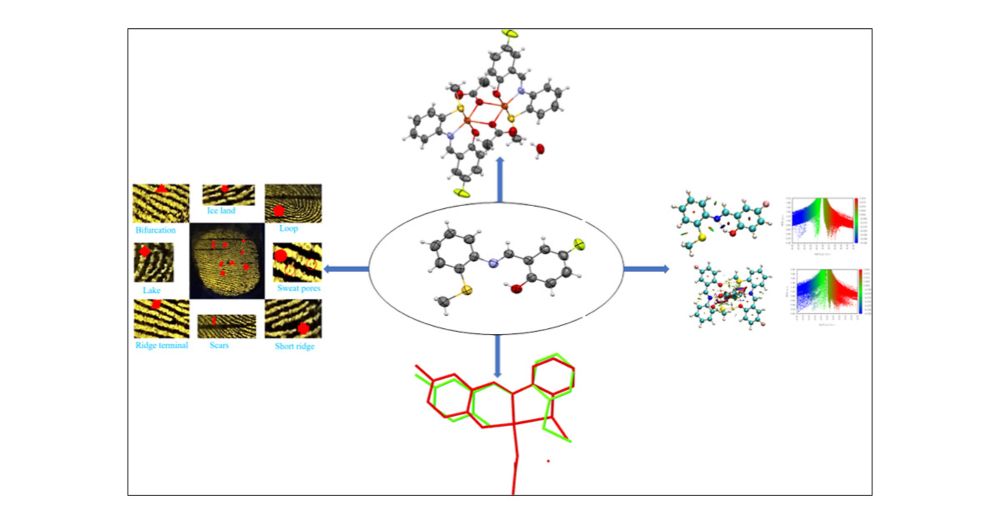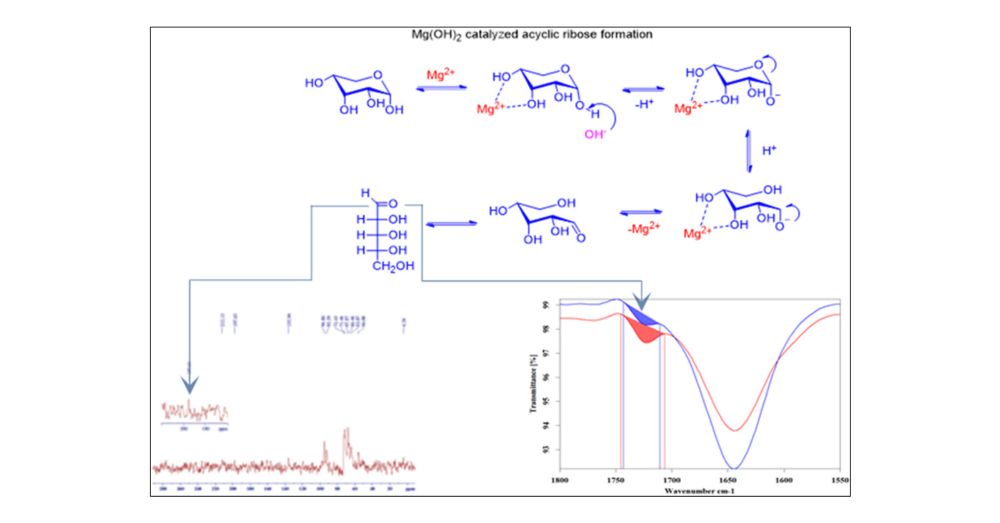
Structural Investigation of Schiff Base Ligand and Dinuclear Copper Complex: Synthesis, Crystal Structure, Computational, and Latent Fingerprint Analysis | ACS Omega pubs.acs.org/doi/10.1021/...
06.08.2025 14:06 — 👍 0 🔁 0 💬 0 📌 0@nanishankar.bsky.social

Structural Investigation of Schiff Base Ligand and Dinuclear Copper Complex: Synthesis, Crystal Structure, Computational, and Latent Fingerprint Analysis | ACS Omega pubs.acs.org/doi/10.1021/...
06.08.2025 14:06 — 👍 0 🔁 0 💬 0 📌 0
Conversion of Cyclic Ribose to Acyclic Ribose under Prebiotic Conditions: Implications for Ribose Selection as the RNA Sugar | ACS Earth and Space Chemistry pubs.acs.org/doi/10.1021/...
14.07.2025 10:01 — 👍 0 🔁 0 💬 0 📌 0Geochemical Settings at an Alkaline Hydrothermal Vent Stabilized Ribose: Evidence from Chemical Garden and Other Simulation Experiments | ACS Earth and Space Chemistry pubs.acs.org/doi/full/10....
14.07.2025 09:59 — 👍 0 🔁 0 💬 0 📌 0